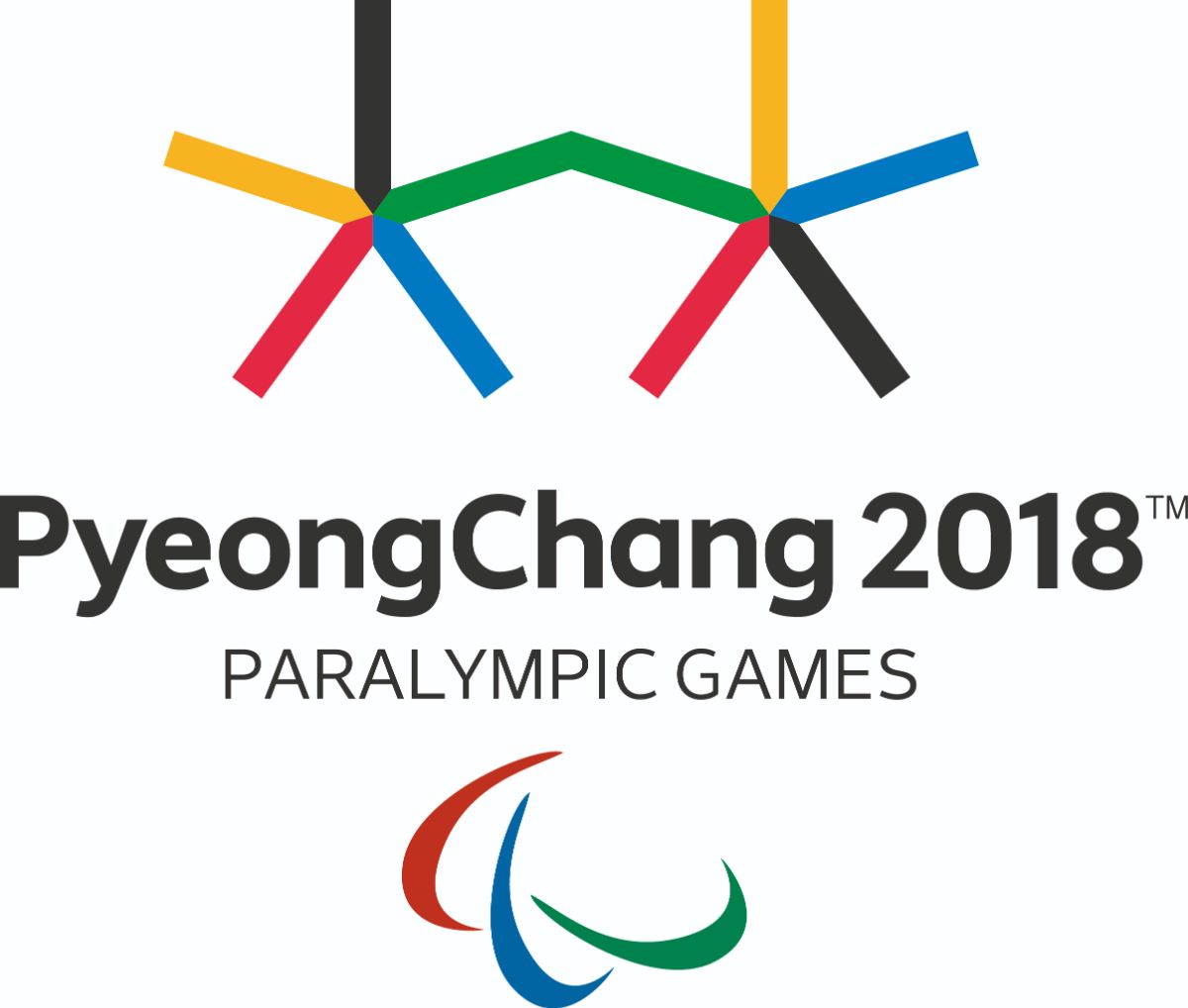Cross-country skiing
Cross-country skiing competitions are open to athletes with a physical impairment and blindness/vision impairment. Depending on his or her functional impairment, a competitor may or may not use a sit-ski, a chair equipped with a pair of skis. Athletes with vision impairment compete in the event with a sighted guide.
Male and female athletes compete in short distance, middle distance and long distance (ranging from 2.5km to 20km) events or participate in a team relay across three categories: standing, sitting and vision impaired.
The sport first appeared at the Winter Paralympic Games in Ornskoldsvik, Sweden, in 1976, and has been part of the programme ever since.
Cross-country skiing is governed by the IPC with co-ordination by the World Para Nordic Skiing Technical Committee following modified rules of the International Ski Federation (FIS) and is practiced by athletes in 25 countries.
Venue
The venue for biathlon and cross-country at the PyeongChang 2018 Paralympic Winter Games will be the Alpensia Biathlon Centre, located in the PyeongChang Mountain Cluster.
This venue will hold 38 Para Nordic skiing medal events (18 male, 18 female, 2 mixed), with 100 male and 70 female athletes competing in biathlon individual, sprint and middle distance; and cross-country sprint, middle and long distance races across standing, sitting and vision impaired categories.
A cross-country mixed and an open team relay events will also take place at the Alpensia Biathlon Centre. This venue staged the biathlon and cross-country competitions at the Olympic Winter Games.
The Alpensia Biathlon Centre has a capacity for 4,500 seated and 3,000 standing people. The course has a length of 4km, 3.3km, 3km, 2.5km, 2km or 1.5km according to the event and category, and a width of 8m.
Classification
Classification in Para cross-country skiing determines which athletes are eligible to compete in the sport and how athletes are grouped together for competition. This, to a certain extent, is similar to grouping athletes by age, gender or weight.
In Para cross-country skiing, athletes compete in three competition categories (standing, sitting or vision impaired) according to the athlete’s Sport Class.
Sport Classes LW 2-9: Standing Skiers
Skiers with leg impairments:
Sport Class LW 2: The skiers have an impairment affecting one leg, for example an amputation above the knee. They will use a prosthesis and ski with two skis.
Sport Class LW 3: This sport class includes skiers with an impairment in both legs, such as muscle weakness in both legs.
Sport Class LW 4: Skiers in this sport class include those with impairments in the lower parts of one leg, but with less impact on skiing compared to LW 2. Typical examples are amputations above the ankle or loss of muscle control in one leg.
Skiers with arm impairments:
Sport Class LW 5/7: This sport class is designated for athletes with impairments in both arms that prohibit them to use ski poles. Skiers, for example, have no hands or cannot grip firmly. Therefore, you will see them skiing without poles.
Sport Class LW 6: Athletes competing in the LW 6 sport class have a significant impairment in one arm, for example a missing arm above the elbow. The impaired arm is fixed to their body and may not be used during the races. With the other hand they will use a ski pole.
Sport Class LW 8: Skiers in this sport class have moderate impairments affecting one arm. Athletes, for example, cannot flex the elbow or fingers on one side or they have a below elbow amputation. They will use one ski pole only.
Skiers with combined impairments in arms and legs:
Sport Class LW 9: This sport class is designed for skiers who have an impairment in arms and legs. Some of the LW9 skiers have mild coordination problems in all extremities. Others have amputations affecting at one arm and one leg. Depending on their abilities, they will ski with one or two ski poles.
Sport Classes LW 10-12: Sit-Skiers
All sit-skiers have an impairment affecting their legs. They are allocated different sport classes depending on their trunk control, which is very important for acceleration and balancing during the races.
Sport Class LW 10: Skiers have an impairment that limits their leg and trunk function. They would be unable to sit without supporting himself or herself with the arms, for example due to paraplegia.
Sport Class LW 10.5: Skiers in this sport class also have limited trunk control, but they can keep their sitting balance when not moving sideways.
Sport Class LW 11: Skiers have a leg impairment and fair trunk control, which enables them to balance even when moving sideways.
Sport Class LW 11.5: Skiers in this sport class have near to normal trunk control.
Sport Class LW 12: Skiers in this sport class have impairments similar to those described for the sport classes LW 2-4: They have a leg impairment, but normal trunk control. They are eligible to compete standing or sitting and can chose their preferred way of skiing at their first Classification.
Sport Classes B1-3: Skiers with vision impairment
Sport Class B1: Skiers in this sport class are either blind or have very low visual acuity. By way of explanation, their level of visual acuity is such that the athlete cannot recognise the letter “E” (15x15cm in size) from a distance of 25cm. During the race they wear eyeshades.
Sport Class B2: This sport class profile includes athletes with a higher visual acuity than athletes competing in the B1 class, but they are unable to recognise the letter “E” from a distance of 4m. Moreover, athletes with a visual field of less than 10 degrees diameter are eligible for this sport class.
Sport Class B3: The B3 sport class profile describes the least severe vision impairment eligible for Nordic skiing. Eligible athletes either have a restricted visual field of less than 40 degrees diameter or a low visual acuity.
For B1 skiers a guide is obligatory and B2 and B3 skiers may choose to ski with a guide. The guide skis immediately ahead of the athlete and verbally informs the athlete of course specifics such as corners, inclines, and declines.

 Facebook
Facebook
 Instagram
Instagram
 Twitter
Twitter
 Youtube
Youtube
 TikTok
TikTok
 Newsletter Subscribe
Newsletter Subscribe

